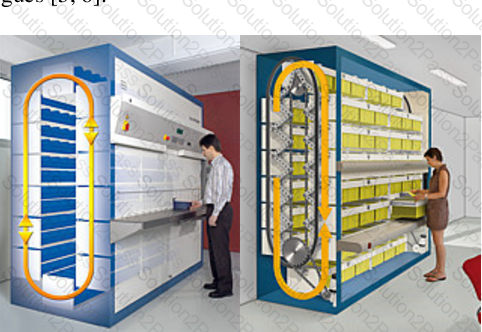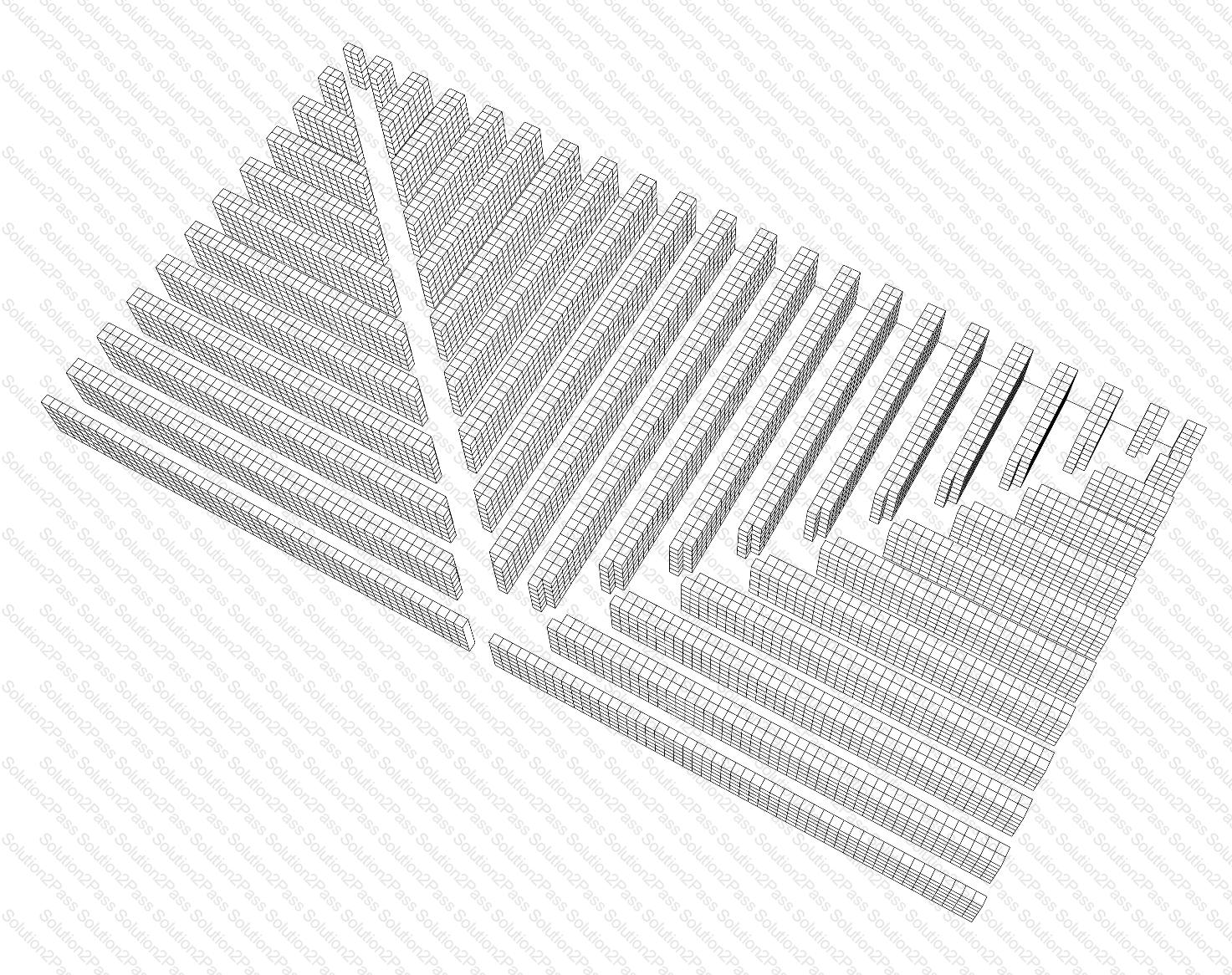L4M7 CIPS Whole Life Asset Management Free Practice Exam Questions (2025 Updated)
Prepare effectively for your CIPS L4M7 Whole Life Asset Management certification with our extensive collection of free, high-quality practice questions. Each question is designed to mirror the actual exam format and objectives, complete with comprehensive answers and detailed explanations. Our materials are regularly updated for 2025, ensuring you have the most current resources to build confidence and succeed on your first attempt.
Nuclear Energy Group Limited (NEG) has a number of investment options currently under appraisal. As these are all long-term investments (more than 30 years), NEG is adopting a total cost of ownership approach. It has gathered data on all associated costs over the life of the investment. Which of the following will be regarded as end-of-life costs?
XYZ Ltd is a major distributor of electrical equipment protection products in the United States. XYZ found that there was a lack of communication between the company and its key supplier, leading to the supplier trying to predict distributor needs and distributor attempting to estimate lead times. Essentially, both the supplier and the distributor have different sets of information, spending time and money trying to predict what the other will do. To deal with this problem, XYZ Ltd decides to implement new inventory management method in which the supplier manage the replenishment of items for sale. Both parties are obliged to share information on variations in demand and stock levels for goods used for or sale. Which inventory management method is XYZ Ltd implementing?
Which of the following are essential aspects that are required for the successful implementation of Just-In-Time (JIT)? Select TWO that apply.
Which of the following allow an organisation to have more flexible space for storage by leveraging the facilities of other parties? Select TWO that apply.
An organisation needs to determine whether to lease a piece of equipment or purchase it outright. From the following statements, which ones describe the advantages for a procurement organisation to lease rather than to purchase outright?
Capital allowances may be set against tax, and grants may be available
There is no initial investment which would tie up the organisation’s working capital
It would protect against technological obsolescence as equipment can be replaced as required
The total cost may be higher than purchasing the equipment outright
Is it correct to state that the accuracy of demand forecasts depends on the accuracy of the available information?
An organisation might find it more beneficial to lease and use an asset over a predetermined period. After this period, the lessee has the right to secure an outright ownership of the asset by paying an agreed amount; otherwise, the asset would be repossessed by the lessor. Which of the following is an advantage of leasing?
Amanda is the purchasing manager for AB Construction based in France. She is considering purchasing an asset from overseas but knows she must account for fluctuations in exchange rates in the contract. Is Amanda correct?
Which of the following best describes category 'A' in ABC analysis in inventory management?
A warehouse manager is evaluating the use of Automated Guided Vehicles (AGVs) within a repetitive task environment. After reviewing their use and price, the manager decided to invest in several AGVs. Were they correct in doing this?
SpeedyCar GmbH is a vehicle manufacturer that is launching a new electric vehicle onto the market, replacing a previous diesel vehicle. There is a lot of equipment in the manufacturing site to be changed, some new machinery to replace older machinery, and some production equipment to decommission. The costs of decommissioning would include which of the following?
Manufacturing resources planning (MRP II) was developed from material requirement planning (MRP). Which of the following is the additional input that is available in MRP II but does not ap-pear in MRP?
Which of the following are common faults of coding?
Making code words too long
Not leaving room for expansion
Data is slow to obtain from barcodes
High training costs to use barcodes
Which of the following best defines ‘exponential moving average’?
Which of the following are warehouse layouts that allow the cross aisle to meet picking aisle at angles different from 90 degrees?
1. 'Fan' shaped layout
2. Herringbone-shaped layout
3. U-shape layout
4. L-shape layout
The purchase-order lead time is the...?

 Graphical user interface
Description automatically generated
Graphical user interface
Description automatically generated

